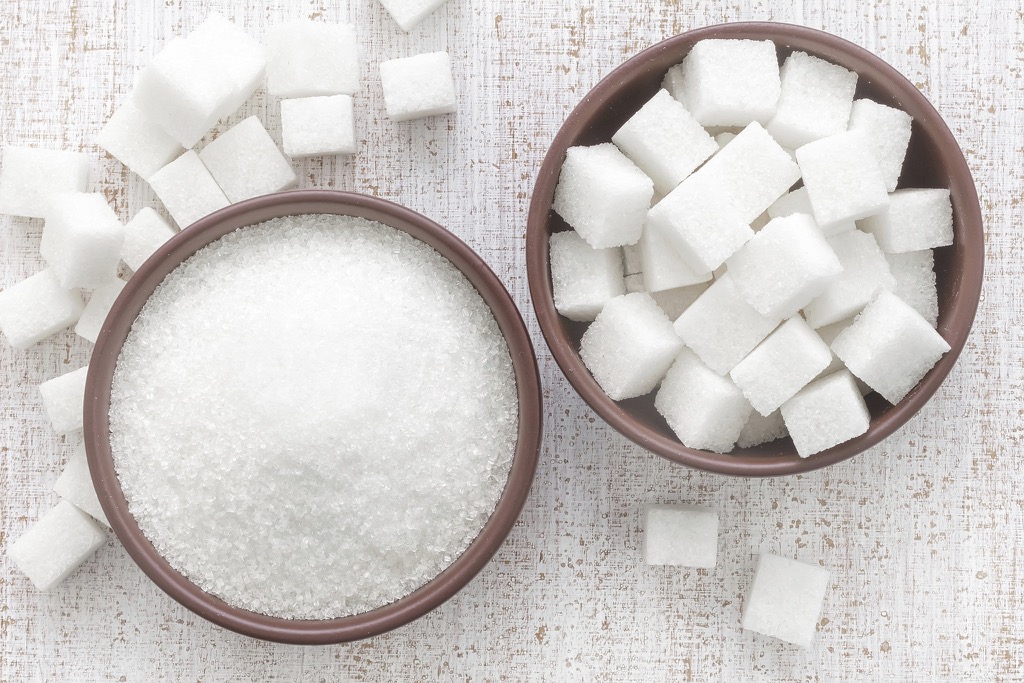The United States is not the only country with a domestic sugar policy that affects the world supply and use of sugar. Virtually all major producing and consuming countries have policies that influence domestic production and trade. That is one of the reasons some analysts believe that sugar trade policy can only be solved as part of the current WTO multilateral trade talks.
The countries with the least need to have government policies to influence production should be those with the lowest costs of productions. Based on cost of production estimates made by LMC International and summarized by USDA in the September 28, 2004 Sugar and Sweeteners Outlook, the lowest cost cane sugar producers are Australia, the Central/South regions of Brazil, Guatemala, ມາລາວີ, Zambia and Zimbabwe. They account for 27 percent of world sugar production, with Brazil alone at 20 ເປີເຊັນ. ຈາຠ1997/98 àºàº±àºš 2001/02 their average costs for raw cane sugar were about 7-8 cents per pound at the mill.
àºàº»àº”ສະຕາລີ, the fourth largest exporter, controls production in the major sugar growing state of Queensland through the Cane Production Board. Despite its low costs, in December 2002 the Parliament approved a A$150 million, four-year financial relief program for sugar producers. Brazilian producers receive limited direct support from the government, but the government has an ethanol fuel mandate that results in half of sugar production being utilized for ethanol. Despite the diversion of sugar to ethanol, Brazil exports 18 million metric tons of sugar per year, 40 percent of total world trade. Sugar policy in Guatemala is coordinated by a Sugar Board that sets sugarcane prices based on world market prices and allocates to domestic mills the U.S. tariff rate quota (TRQ) for sugar. Because Guatemala exports about 75 percent of its sugar production, it is forced to keep producer prices aligned with world market prices. ໃນ 2001, the government established a small TRQ for imports of 5000 metric tons per year with a 0 percent tariff and a 20 percent tariff for over quota imports.
The USDA analysis based on the LMC International data reported major cane exporters as Australia, Brazil and Guatemala, plus Columbia, Cuba, South Africa and Thailand. The additional four countries produce about 10 percent of the world’s sugar. The seven countries together had average costs of 8-10 cents per pound over the 1997/98 àºàº±àºš 2001/02 time period.
Columbia has a Price Stabilization Fund that attempts to absorb world price fluctuations while keeping producer prices tied to world prices. Exporters receive income tax rebate certificates. As a member country of the Andean Community, raw and refined sugar imports from non-Andean Community members have a basic duty of 20 percent plus a variable surcharge. The government is also introducing an ethanol program. Thailand has a three part quota system: an A quota for domestic consumption, a B quota for long-term export commitments and a C quota for other exports. Thailand is the second largest exporter of sugar. The Thai government sets the initial and final producer prices for sugarcane. As part of its WTO commitment, Thailand has a TRQ of 13,760 metric tons for 2004, with an in-quota tariff of 65 percent and an over-quota tariff of 94 ເປີເຊັນ. South Africa attempts to protect domestic sugar producers from sharp world prices movements while keeping the industry responsive to world sugar prices and exchange rates.
The lowest cost sugar beet producers (ເບວຢ້ຽມ, àºàº²àº™àº²àº”າ, ຊິລີ, ປະເທດàºàº£àº±à»ˆàº‡à»€àºªàº”, ປະເທດຕຸລະàºàºµ, the United Kingdom and the United States) account for about 40 percent of total world beet sugar production and have average costs on a refined basis of 22-24 cents per pound. These costs are higher than costs on a white value equivalent basis of 10-12 cents per pound for the world’s lowest cost cane sugar producers. Except for Turkey, all of these countries import significant amounts of sugar. Turkey has import duties of 110 percent on sugar from the EU and 138 percent for sugar from other countries.
Major sugar importing countries have complex import restrictions that attempt to protect domestic producers while allowing some imports to meet long-standing efforts to help less developed countries. Some of them both import and export sugar. The EU-25 is the second largest consumer of sugar at 17.7 million metric tons and the second largest producer at 19.7 ລ້ານໂຕນ. They export 4.4 million metric tons and import 2.4 ລ້ານໂຕນ; 1.7 million metric tons come in under preferential arrangements. While the EU has efficient beet producers in Belgium and France, it has other producers that survive because of current programs.
Japan provides high price guarantees for domestic sugar beet and sugar cane production, ໃນໄລàºàº° $100 per metric ton, while subsidizing refiners for the high cost of domestic raw sugar. The funds for the subsidies come from surcharges on the imports of sugar and corn used for production of fructose. The government controls the volume of raw sugar imports and has a combined tariff and surcharge on refined sugar of over $400 per metric ton.
Russia is the largest importer of sugar at over 4.2 million metric tons per year and has domestic production of 1.6 million tons of beet sugar. They have a TRQ that allows for most of the sugar to come in when domestic supplies are not available.
India is the world’s third largest producer and largest consumer of sugar at almost 20 million metric tons per year. They use an import tariff of 60 percent and a countervailing duty to restrict imports and protect the domestic market. When supplies are low they import sugar; when carryover stocks become large, the government provides incentives for exports.

